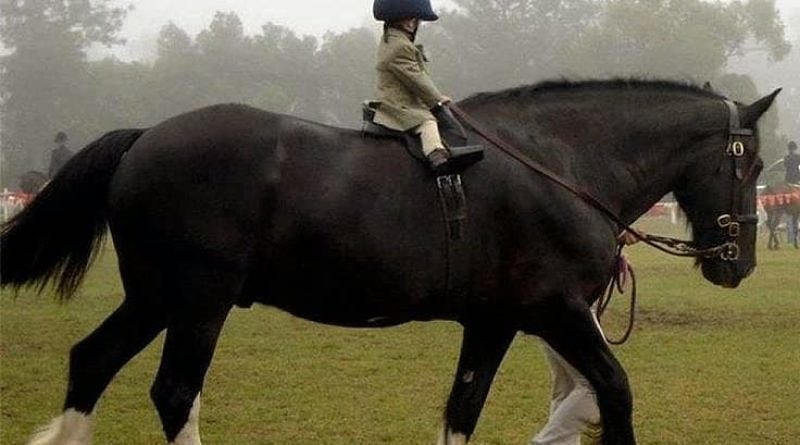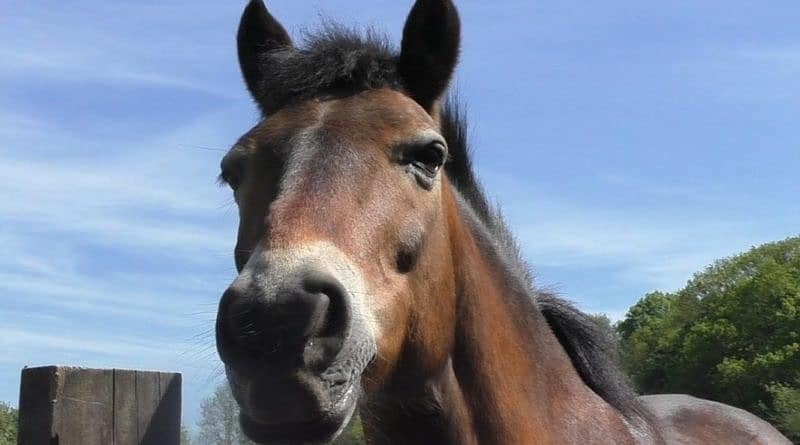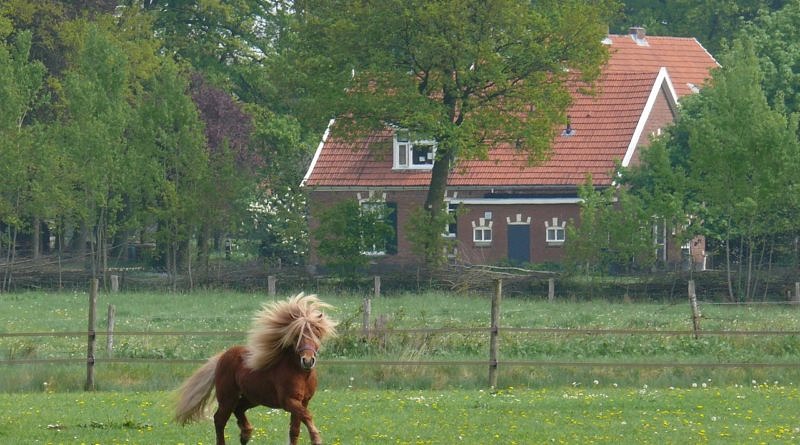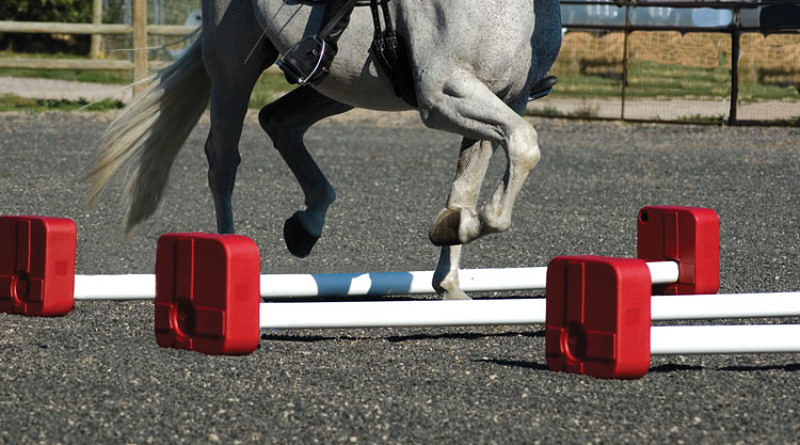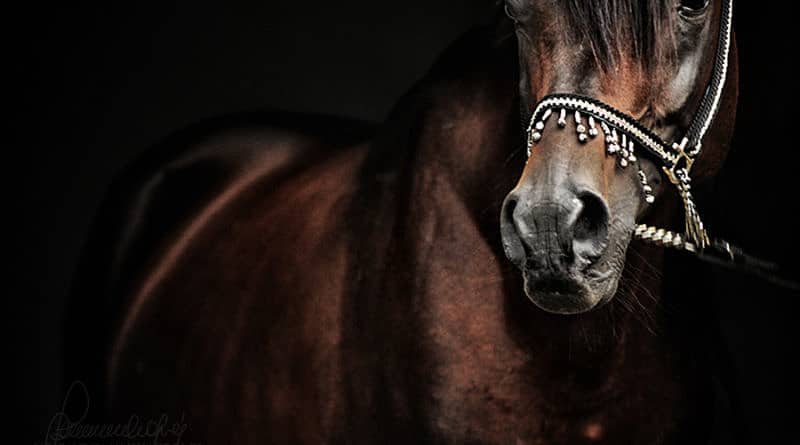Should children learn to ride on horses or ponies?
Do you remember the first horse you ever rode? Choosing the best equine partner for your child can be really difficult. Here are some thoughts on how to make that decision.
We are blessed, here in the UK, with a number of different and wonderful native pony breeds. Children often learn to ride on a small pony and it’s traditional to ‘move up’ to larger horses as they outgrow the last. But this isn’t the case everywhere in the world. In the USA, for instance, it’s quite common for children to ride on horses from the very beginning. So which of these options is better and what pros and cons should you weigh up when trying to decide what to choose for your child?
Safety
Probably the first major concern for any parent is going to be safety. No matter how much you learned from being bucked off your childhood pony, dusting yourself off and getting straight back on again, you probably realise now that you were lucky not to be more seriously injured. You might want your own child to have a slightly less ‘bumpy’ start. Sure we all learn a lot from the more challenging horses we ride but at the same time a child’s confidence can easily be knocked when they are first starting out. There will be plenty of opportunities for greater challenges later!
So all else being equal, a small horse is of course less dangerous in terms of sheer size and strength than a large one – and there’s less of a distance to fall!
However, it is also disconcertingly easy for parents to become complacent about the risks posed by a small pony. This is especially the case when parents are not very horse-aware themselves, as illustrated by this heart-stopping video.
And there’s a reason for the old saying “Tell a gelding, ask a stallion, discuss with a mare… And pray if it’s a pony!” It’s not that ponies are inherently more badly behaved than horses, but with many child riders and handlers it is easy for behaviours to get out of hand that would otherwise be corrected easily by competent adult riders. Even the most capable of children is likely to struggle with the finer points of learning theory and be unable to correct training issues – no matter how well they can stick in the saddle!
Welfare
The other side of the coin is the horse’s own well-being. It’s easy to lose sight of the potential implications for a horse’s long term welfare when thinking about the practicalities of teaching a child to ride. But I think this should be a major factor in deciding whether a horse or pony would be most appropriate. After all, we want to set a good example for the next generation!
Small children tend to be uncoordinated and, to begin with at least, unbalanced. They are inevitably going to bounce about a bit – it’s all part of learning to ride! If allowed to use the reins, they will also be prone to using the horse’s mouth for balance and support. A larger horse will be less at risk of suffering any real damage from these things – whether physical or psychological.
Another consideration here is that small ponies are outgrown. Even though it is said that a good first pony is worth their weight in gold, the reality is that horses are very quick studies and it doesn’t take much for unwanted behaviours to crop up that make the pony less suitable for young riders. Perhaps they end up as lead rein ponies for a while. But whatever the outcome, a lot of small ponies are likely to eventually end up without a job. The lucky ones might retire to pasture, become field companions, trick ponies or start a driving career instead. But there will always also be unlucky ones. With a larger pony or horse, there are many more options for a bright future.
Behaviour
Ponies used for young children to learn on can easily become numb to the aids and develop many bad habits. For this reason having ponies that are large enough to get a ‘tune-up’ from an adult rider that fully understands their issues and how to improve them can save a lot of money, time and heartbreak.
To this end, the pony doesn’t have to actually be a full-sized horse – perhaps something in the middle is a good compromise.
Proportionate Size
Of course the greatest argument for using a pony rather than a horse is proportion. A small child will not realistically be able to have a ‘full’ experience with a large horse. They will probably not be able to groom and tack up, for instance – at least not without some assistance.
Small children may also struggle to apply the aids on a larger horse – though with the right training even a big horse can be very responsive to a small human as illustrated by this horse, ridden by a 7 year-old boy.
Horses that know their job this well (which probably requires them to be ridden regularly by adults to keep them responsive) can teach a child a lot about correct riding.
The obvious other advantage is that a horse or larger pony need not be replaced when the child grows. There is little more wonderful than a horse and child developing together and spending many years building a strong relationship and mutual understanding.
Larger Ponies
As I said at the start of this post, we are blessed with so many wonderful native pony breeds! A couple of the natives commonly used as children’s ponies are generally too small for most adults: the Shetland and Welsh Mountain Pony, for example. But there are also larger breeds that are not as popular. The New Forest, Fell and Exmoor, for example, are large enough for an adult to ride while still being small and compact enough to not be intimidating for a child. At the same time some of these breeds are in decline and could really use some attention and support to prevent them from going extinct!
So when you are starting your child on their lifelong experience with horses don’t be afraid to be a bit different by opting for a larger pony or a smaller horse. Rather than planning to swap a small pony out for something bigger in a couple of years, it might be better to give your child an opportunity to grow and develop alongside their equine companion.

